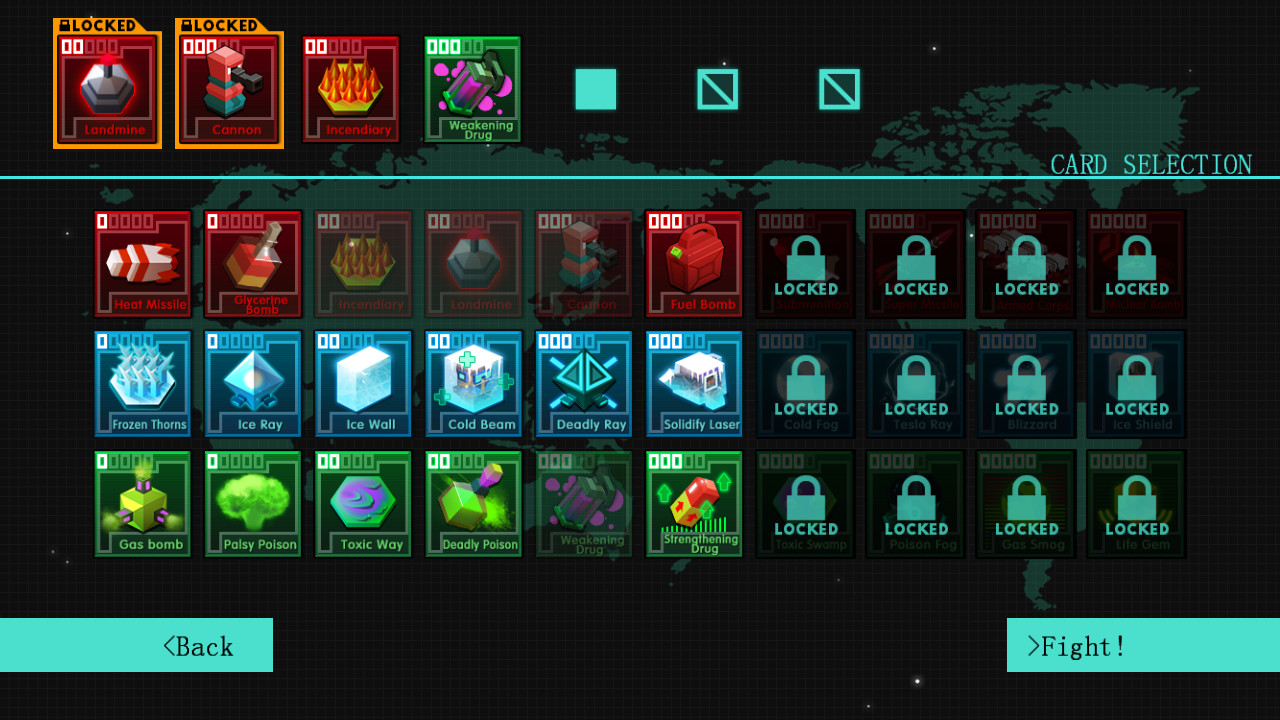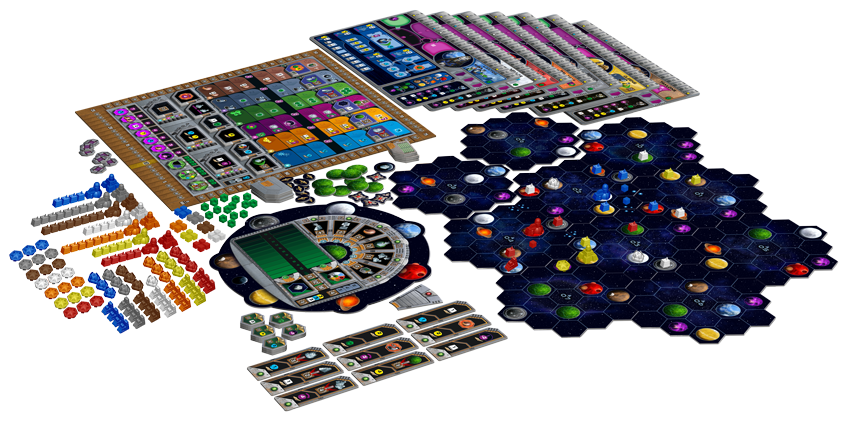

The Mine has a nominal cost in Credits and Ore. Any time a player wishes to colonize a new planet, they will build a Mine. Power bowls and a resource tracker are above.īuildings on planets follow a particular development path. Reference information is on the right while structures and their income is on the left. Player boards are just as elaborate as Terra Mystica with huge similarities. Additional actions available allow players to link planets to form Federations, which then award further victory points and resources. When taking actions, Ore and Credits are used to build new structures and Knowledge is used to gain Research advances. Over the course of each round (6 in total), players will gain an income of resources from their structures in the form of Ore, Credits, and Knowledge, take actions, and eventually pass once they’re done for the round.

At the end of the game, additional end-game goals award points as well as any advances on one of six Research tracks. Depending on how close a planet’s type is to the species a player has selected, they’ll need to make the newly colonized planet habitable. The map represents a variety of planets whose climate and atmospheres are divided into 8 types. All of the sources focus on activities involving the colonization and development of structures on planets…in space.

The main goal of Gaia Project is to acquire the most victory points. The big research and tech board shows the advances players have taken as well as technology tiles available. The rules overview below will use the new terminology and cover how it works overall for readers unfamiliar with the game. If readers are already familiar with Terra Mystica, almost everything works exactly the same with a couple of name changes and some different concepts thrown in. Gaia Project plays best with 3-4 players but even the solo and 2 player experiences are good. The 1-4 player range for Gaia Project is a slight downscale from the 2-5 for Terra Mystica. With a playtime of 150 minutes for 4 players and closer to 60 for 2 experienced players, so far Gaia Project seems to be in just the same ballpark. Is it possible that this version is a dramatic improvement over the near-classic title that came before it? The game is designed by the same team of Jens Drogemuller and Helge Ostertag with engaging art by the same Dennis Lohausen. It’s the futuristic, space colonization younger brother of Terra Mystica. This reaction chart ranges on one end from “eyeroll meh” to “Ermahgerd! Shut up and take my money!” And so, depending on a reviewer’s relationship with the first title, the playtesting for a review becomes an extension of work or a romp through candyland (if Candyland were an awesome game).Īnd in exactly this manner, Gaia Project has arrived. The first reactions to a second edition or a game derived from a much beloved title usually fall on the polar opposites of the excitement spectrum.


 0 kommentar(er)
0 kommentar(er)
